In praise of pure--one species--timber stands
spruceman
16 years ago
Related Stories
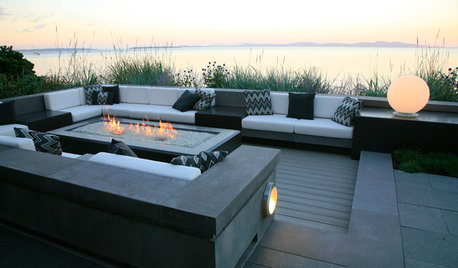
GARDENING AND LANDSCAPINGBeachfront Garden Stands Up to the Elements
A sophisticated outdoor entertaining space relies on tough plants and resilient materials to bring indoor living outside
Full Story
KITCHEN DESIGN12 Great Kitchen Styles — Which One’s for You?
Sometimes you can be surprised by the kitchen style that really calls to you. The proof is in the pictures
Full Story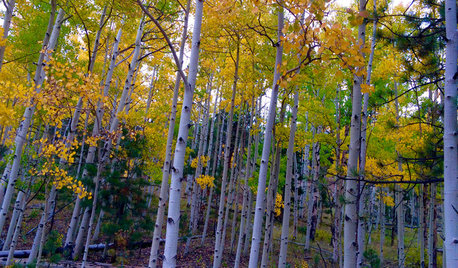
EARTH DAY‘Terroir’ Brings a Sense of Place to Your Landscape
Species native to and characteristic of your region firmly root your garden and landscape
Full Story
CURB APPEAL9 Daring Colors for Your Front Door
Stand out from the neighbors with a touch of neon green or a punch of hot pink
Full Story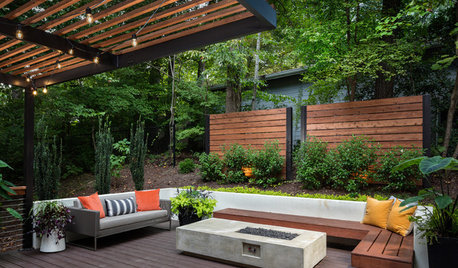
GARDENING AND LANDSCAPING8 Rot-Resistant Woods for Your Outdoor Projects
No need for chemical treatments on your deck or pergola. These woods stand up to weather, insects and time beautifully on their own
Full Story
SHOP HOUZZHouzz Products: Great Gifts for Dad
Father’s Day is June 15! Make Dad feel like the king of his castle with one of these gifts from the Houzz Products section
Full Story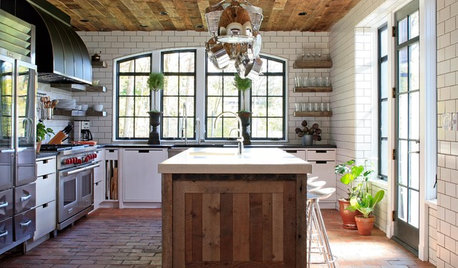
KITCHEN DESIGNWhat to Know About Using Reclaimed Wood in the Kitchen
One-of-a-kind lumber warms a room and adds age and interest
Full Story
WORKING WITH PROSWhat Do Landscape Architects Do?
There are many misconceptions about what landscape architects do. Learn what they bring to a project
Full Story
PETSDealing With Pet Messes: An Animal Lover's Story
Cat and dog hair, tracked-in mud, scratched floors ... see how one pet guardian learned to cope and to focus on the love
Full Story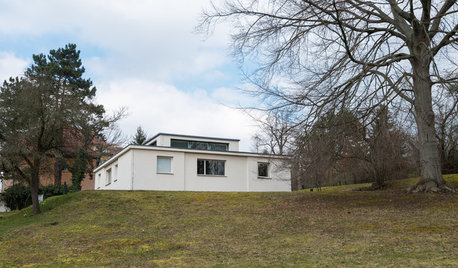
MOST POPULARArchitectural Icon: The World’s First Bauhaus House
The Haus am Horn in Weimar is the first architectural example from the famed school, and the only one in the German city where Bauhaus began
Full Story







MissSherry
pineresin
MissSherry
johnaberdeen
MissSherry
Dibbit
pinetree30
pineresin
Pamchesbay
johnaberdeen
wisconsitom
sprucemanOriginal Author
johnstaci
sprucemanOriginal Author
wisconsitom
jqpublic
johnaberdeen
sprucemanOriginal Author
Embothrium
Pamchesbay
pineresin
xyus_quebec
pineresin
xyus_quebec
sprucemanOriginal Author
pineresin
sprucemanOriginal Author
Pamchesbay
MissSherry
sprucemanOriginal Author
basic
Pamchesbay
sprucemanOriginal Author
MissSherry
sprucemanOriginal Author
wisconsitom
sprucemanOriginal Author
hairmetal4ever
hairmetal4ever
brandon7 TN_zone7
hairmetal4ever
brandon7 TN_zone7